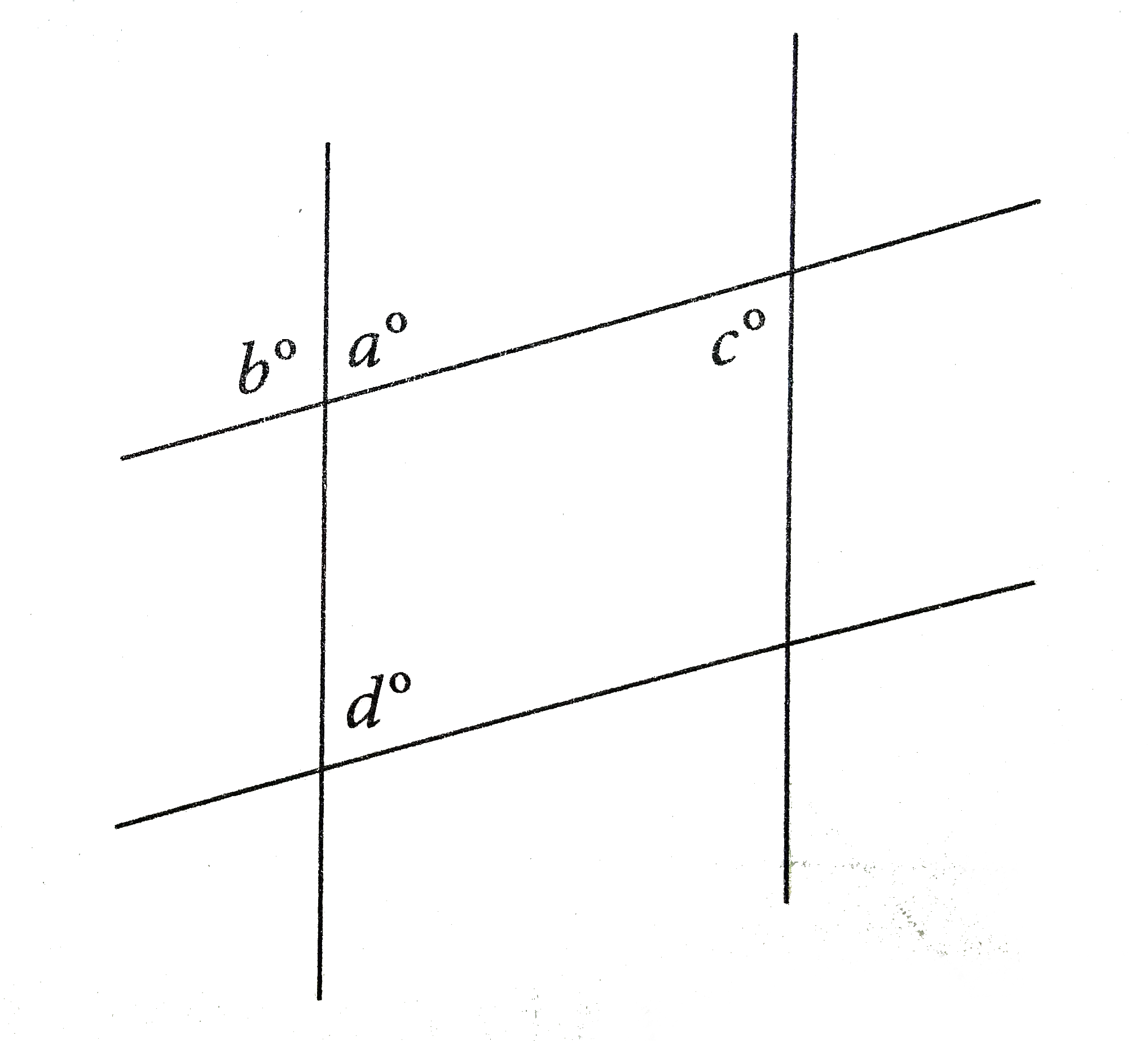Which of the following statements are true for flowers?
(i) Flowers are always bisexual
(ii) They are the sexual reproductive organs
(iii) They are produced in all groups of plants
(iv) After fertilisation they give rise to fruits
(i) and (iv)
(ii) and (iii)
(i) and (iii)
(ii) and (iv)
The correct Answer is:D
To determine which statements about flowers are true, let's analyze each statement one by one:
1. Statement (i): Flowers are always bisexual.
- This statement is false. While many flowers are bisexual (containing both male and female reproductive structures), there are also unisexual flowers that contain only male or only female reproductive structures. Therefore, this statement is incorrect.
2. Statement (ii): They are the sexual reproductive organs.
- This statement is true. Flowers are indeed the sexual reproductive organs of angiosperms (flowering plants). They facilitate sexual reproduction by producing gametes and enabling fertilization. Thus, this statement is correct.
3. Statement (iii): They are produced in all groups of plants.
- This statement is false. Flowers are specifically produced by angiosperms. Other groups of plants, such as bryophytes, pteridophytes, and gymnosperms, do not produce flowers. Therefore, this statement is incorrect.
4. Statement (iv): After fertilization, they give rise to fruits.
- This statement is true. After fertilization occurs in flowers, the ovary develops into a fruit, and the ovule develops into a seed. This is a fundamental aspect of the reproductive process in flowering plants. Hence, this statement is correct.
Based on the analysis:
- True Statements: (ii) and (iv)
- False Statements: (i) and (iii)
Thus, the correct answer is that statements (ii) and (iv) are true for flowers.
Final Answer:
The true statements for flowers are (ii) and (iv).
- This statement is false. While many flowers are bisexual (containing both male and female reproductive structures), there are also unisexual flowers that contain only male or only female reproductive structures. Therefore, this statement is incorrect.
- This statement is true. Flowers are indeed the sexual reproductive organs of angiosperms (flowering plants). They facilitate sexual reproduction by producing gametes and enabling fertilization. Thus, this statement is correct.
- This statement is false. Flowers are specifically produced by angiosperms. Other groups of plants, such as bryophytes, pteridophytes, and gymnosperms, do not produce flowers. Therefore, this statement is incorrect.
- This statement is true. After fertilization occurs in flowers, the ovary develops into a fruit, and the ovule develops into a seed. This is a fundamental aspect of the reproductive process in flowering plants. Hence, this statement is correct.
- True Statements: (ii) and (iv)
- False Statements: (i) and (iii)
The true statements for flowers are (ii) and (iv).
Topper's Solved these Questions
- HOW DO ORGANISMS REPRODUCEBOOK - NCERT EXEMPLAR ENGLISHCHAPTER - HOW DO ORGANISMS REPRODUCEEXERCISE - Short Answer Type Questions
21 Videos
- HOW DO ORGANISMS REPRODUCEBOOK - NCERT EXEMPLAR ENGLISHCHAPTER - HOW DO ORGANISMS REPRODUCEEXERCISE - Long Answer Type Questions
10 Videos
- HEREDITY AND EVOLUTION BOOK - NCERT EXEMPLAR ENGLISHCHAPTER - HEREDITY AND EVOLUTION EXERCISE - LONG ANSWER TYPE QUESTIONS
11 Videos
- LIFE PROCESSESBOOK - NCERT EXEMPLAR ENGLISHCHAPTER - LIFE PROCESSESEXERCISE - Long Answer Type Questions
11 Videos
Similar Questions
Mention if the following statements are true or false,
In flowering plant, a period of vegetative phase is followed by reproductive phase.
View SolutionMention if the following statements are true or false,
In flowering plant, a period of vegetative phase is followed by reproductive phase.
View Solution
Knowledge Check
Which of the following statements is not true about the life cycle of flowering plants ?
ASporophyte is diploidBSporophyte produces heterosporesCMegagametophyte is the seedDMegagametophyte is retained within the body of the sporophyte parent generation
Which of the following statements must be true?
I. a+b<180
II. a+d=180
III.a+d>180ANoneBII onlyCI and II onlyDII and III onlyRead the following statements about asexual reproduction and select the correct ones.
(i) It involves a single parent.
(ii) It is slower than sexual reproduction.
(iii) It produces progeny that are genetically identical with the parent but not with one another.
(iv) The progeny of asexual reproduction can be termed as clones.A(i) and (ii)B(ii) and (iii)C(i) and (iv)D(i), (iii) and (iv)
Which among the following statements are true for unisexual flowers?
(i) They possess both stamen and pistil.
(ii) They possess either stamen or pistil.
(iii) They exhibit cross pollination.
(iv) Unisexual flowers possessing only stamens cannot produce fruits.
View SolutionMention if the following statements are true or false,
Senescence is separation of leaves, flowers and fruits from the plant body.
View SolutionWhich among the following statements are true for sexual reproduction in flowering plants?
(i) It requires two types of gametes.
(ii) Fertilisation is a compulsory event.
(iii) It always results in formation of zygote.
(iv) Offspring formed are clones.
View SolutionState true or false :
(i) Sexual reproduction is always biparental
(i) Sexual reproduction or may not be present in reproduction which produces variations
(iii) Most common method of reproduction in lower plants is asexual one
View SolutionJustify the following statements on the basis of external features
(i) Underground parts of a plant are not always roots
(ii) Flower is a modified shoot
View Solution
